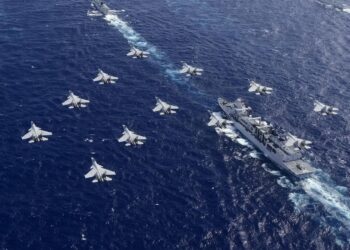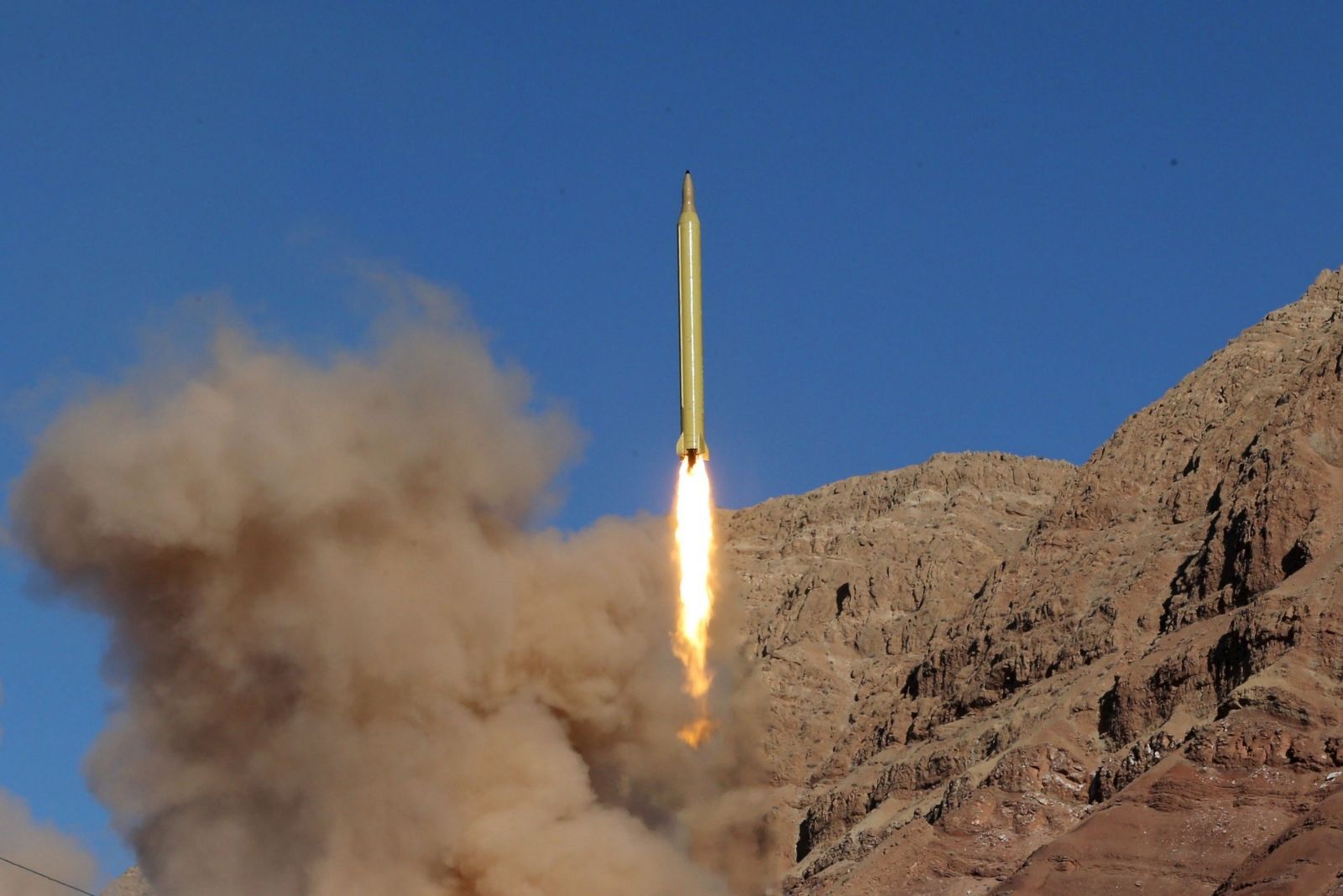The Integrated Regional Information Networks ,
JOHANNESBURG: The southern African contribution to the African Standby Force (ASF) to fulfil the African Union's (AU) peacekeeping ambitions will depend heavily on South Africa, but with its army already overstretched, underfunded and struggling to meet existing commitments, regional military experts believe this will be a burden the country cannot carry.
Five regional brigades – southern, eastern, central, western and northern – were scheduled for activation in 2010 to respond to threats to peace on the continent. In southern Africa the ASF would be deployed through the Southern African Development Community (SADC) under AU or UN mandates, and would be on standby in the regional body's host country, Botswana.
A 1999 White Paper on Peace Missions stated that the South African Army would allocate two battalions to peace operations, one for deployment and one for rotation, “But we are constantly deploying about three,” said Henri Boshoff, the military analyst for the Africa Security Analysis Programme at the Pretoria-based Institute for Security Studies.
The South African National Defence Force (SANDF) has approximately 3,000 troops deployed on various AU/UN peacekeeping missions: Burundi (900 troops), Democratic Republic of Congo (DRC) (1,350), Cote d'Ivoire (38) and Sudan (318). Another approximately 1,500 troops are deployed domestically, primarily to assist police in fighting crime. In March, the government approved additional SANDF deployments to AU/UN missions in Uganda, Eritrea/Ethiopia and Nepal.
“The deployment of our forces in these countries is part of South Africa's fulfilment of international obligations, and a contribution to peace and stability in the continent and other parts of the world,” said government spokesman Themba Maseko.
In effect, the clash between the over-deployment of SANDF and the reality of its funding and capabilities means that troops committed to the SADC brigade might not be available.
The SANDF, increasingly challenged to cover more peacekeeping and domestic duties without a corresponding budget increase, finds itself caught in “a mismatch of ambition and resources”, according to Dr Thomas Mandrup, a military expert on southern Africa at the Royal Danish Defence College.
South Africa's defence budget has consistently been reduced and is projected to fall to 1.9 percent of GDP in 2009, down from a previous 4.4 percent. There are also other challenges: according to the SANDF, HIV/AIDS constitutes the biggest threat to its deployment potential and operational effectiveness – up to 25 percent of SANDF employees are thought to be HIV-positive.
A serious backlog of equipment maintenance is another stumbling block. In a paper presented at an SA army seminar in February, Mandrup said various UN inspections of SANDF equipment for the DRC mission had categorised the equipment as “non-operational”.
“It indicates that the stated political commitment is not being followed up by actual commitment on the ground,” Mandrup commented in his paper. An additional financial issue is that when the UN reimburses South Africa for peacekeeping missions, the funds go to the Ministry of Finance and are not necessarily paid over to the SANDF for its expenditures.
“The political level must realise that if it wants the SANDF to play the lead nation role, it must release more funds to it. The SANDF will have to cooperate with often weak African or SADC partners, meaning that the demands on the South African contribution are likely to increase – this is expensive,” Mandrup said.
Boshoff pointed out that “What is in place now is that the SADC Brigade has been constituted, the paperwork has been done, they have pledges from countries, but … can they contribute?”
This material comes to you via IRIN, the humanitarian news and analysis service of the UN Office for the Coordination of Humanitarian Affairs. The opinions expressed do not necessarily reflect those of the United Nations or its Member States. IRIN is a project of the UN Office for the Coordination of Humanitarian Affairs.









